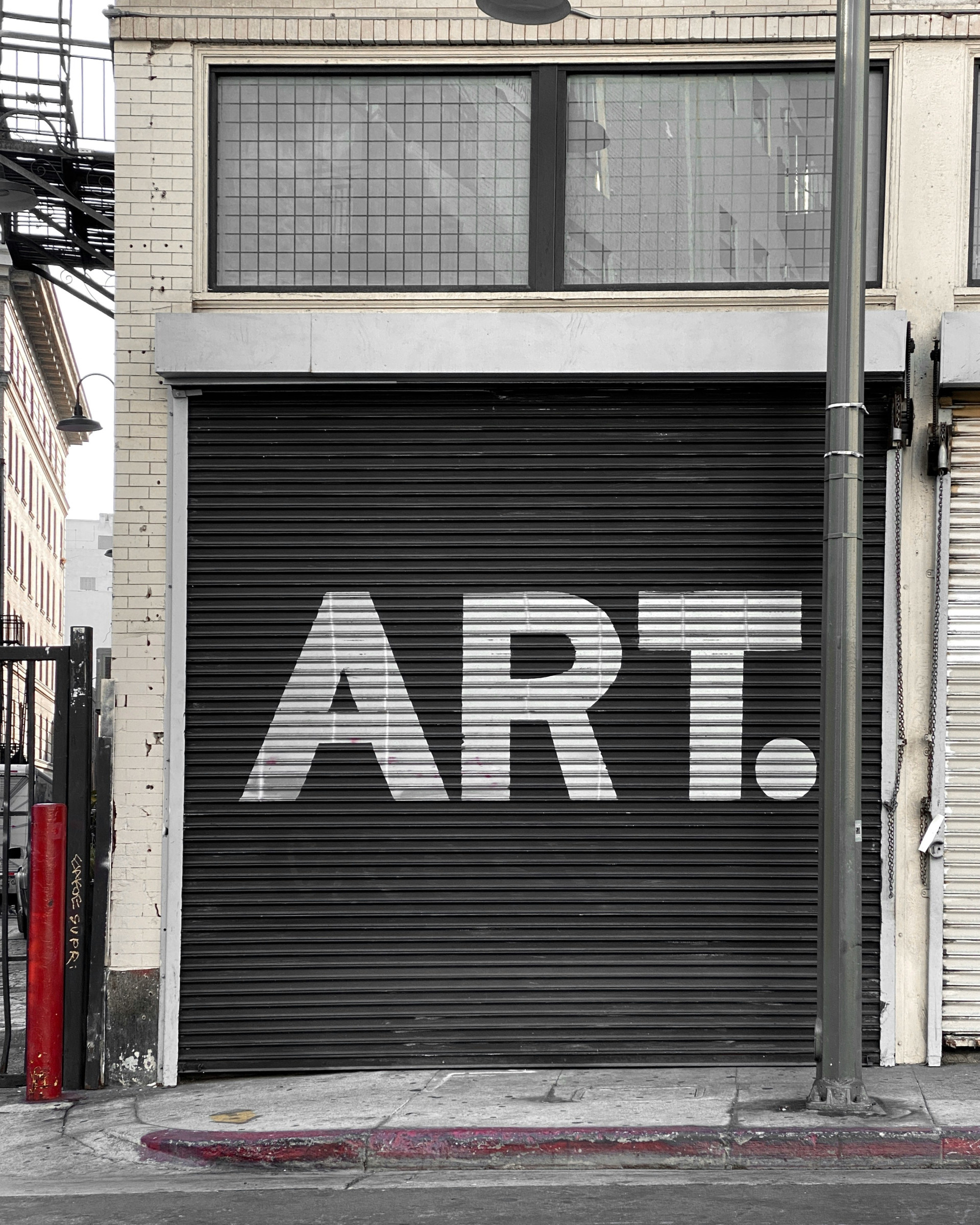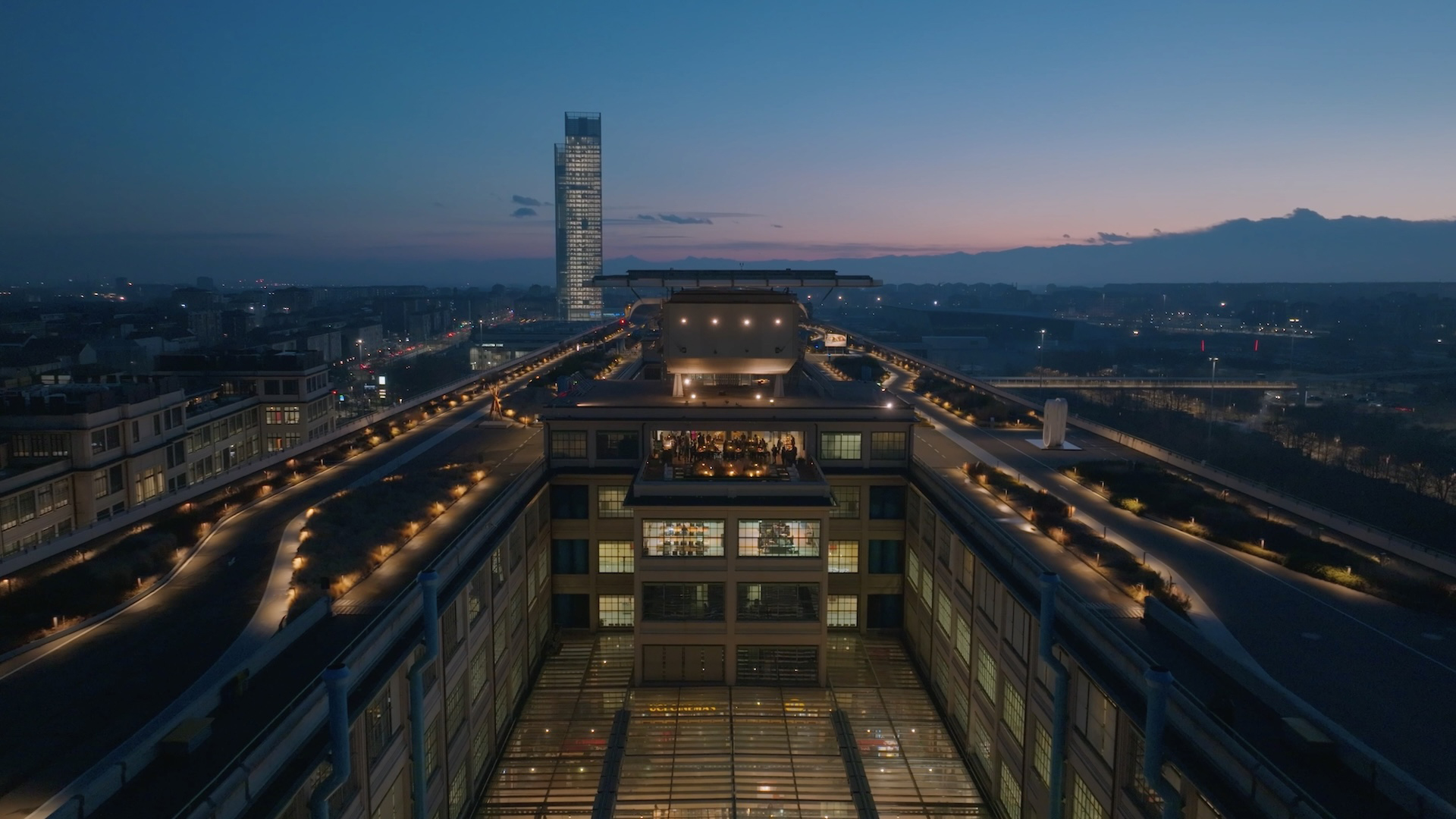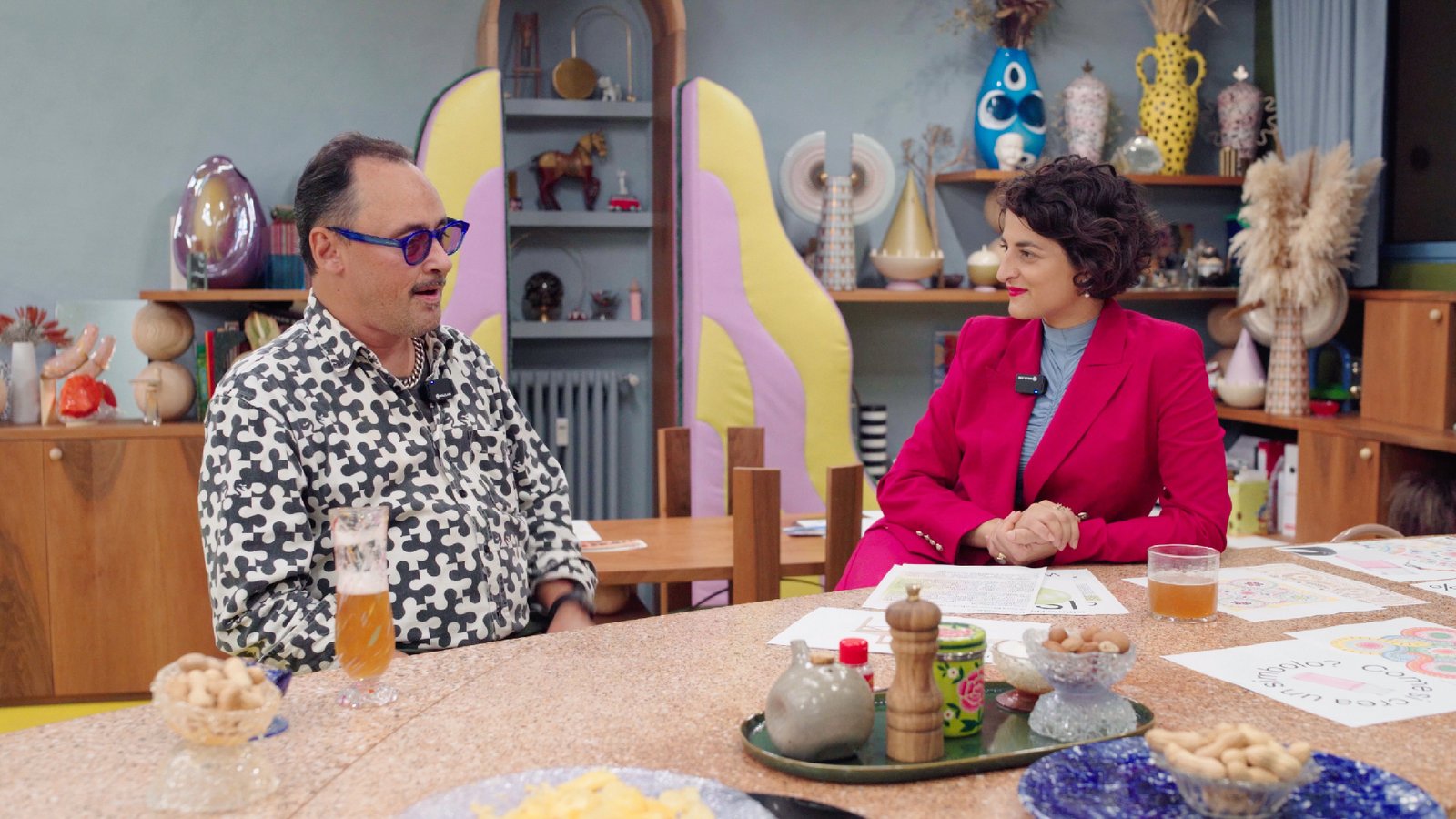
The Crisis of Contemporary Art: How the Lack of Opportunities Becomes a Real Chance for Emerging Artists
The collapse of the art system opens up new spaces for creative freedom. Why marginality today can become a strength for independent artists and disillusioned curators.
Are you an artist or a curator? Do you feel dissatisfied? Does the art system exclude you? This might be the greatest opportunity you’ve ever had.
After a decade of oversaturation with artists, works, and content, the contemporary art market—and its taste—is struggling. Museums, institutions, and foundations can no longer reliably support artists or build their careers. Many artists pursue their practice while working second jobs or rely on what could be called the “Grandparents-Parents Foundation”—a kind of unofficial safety net that sustains the Italian art world (and not only it). It’s an entirely deregulated social buffer that risks slowly dragging artists into a state of resignation and lack of drive.
Just look at the programming at Palazzo Strozzi: in order to put on blockbuster exhibitions in a hyper-touristic city like Florence, it has to keep going back to artists who came of age between the 1950s and 1980s—Ai Weiwei, Jeff Koons, Olafur Eliasson, Marina Abramović, Gerhard Richter, Anish Kapoor, and now Tracey Emin. In other words, there’s a 30-year gap. Not only is the contemporary art market in crisis, but there are no truly well-known contemporary artists with a solid public following. If the system isn’t creating opportunities and artists are being pushed to the margins—what do we have to lose?
The absence of opportunity opens up a new space for opportunity, where the artist has nothing left to lose and can therefore take risks, experiment, and perhaps, in doing so, reclaim a lost centrality.
 Art., Los Angeles, United States, Garin Chadwick
Art., Los Angeles, United States, Garin Chadwick
We’re no longer in the (glorious) 1960s. Today, with a phone in your pocket, unprecedented communication tools, and extreme accessibility to people and places, it’s entirely possible to develop your own practice independently. The real problem is content. Imagine this: you’re suddenly given the chance to show your work at the Guggenheim in New York or at Hangar Bicocca in Milan—what would you do? You’d probably struggle. Because anything that’s put on those pedestals today already has its legs cut out from under it. We live in a complex, hyper-communicative reality that constantly threatens to outpace and overshadow any artistic fiction.You can’t even take refuge in fetishistic references to the past, as many artists suffering from the “Young Indiana Jones Syndrome” do—desperately rehashing and reworking what happened 70 or 80 years ago, as if young people were forced to dig through graveyards just to find some supposedly secure values.
So, what should you do when you’re told you can do anything? In the second episode of the new Black Mirror season on Netflix, a girl is given exactly that: everything she could ever want. But by the end of the episode, she admits she’s bored and no longer knows what to do. So the real issue isn’t access to galleries, museums, or foundations—it’s the ability to express and communicate content that’s genuinely relevant to our current moment. And this potential is now within reach for everyone. Artists today have production capabilities never before seen in history and can communicate directly with the public and collectors. In theory, nothing is missing.
The only true limit is quality—that is, creating meaningful works and projects that can move beyond the stagnation of the 20th century and the postmodern era, instead of getting stuck in what I called, back in 2009, “evolved IKEA”: harmless interior decoration bloated with value only through PR doping. That’s why an artist’s isolation, and the total lack of opportunity, might actually be the greatest opportunity available to contemporary artists today.
Cover image: Artist make changes, Marija Zaric.
“Luca Rossi” has been described by Fabio Cavallucci as the most interesting artistic personality in Italy, the ‘art world's pain in the ass’ (Nicolas Ballario) and the ‘new Vanessa Beecroft’ (Giacinto Di Pietrantonio). Since 2009, “Luca Rossi,” an open collective, blogger, critic, curator, artist, and controversial figure in the art system, has been trying to stimulate more critical discussion on a daily basis in the field of contemporary art as a subject that could play a fundamental role in our present. From his own critical reflections, very popular in the art world, has descended unconventional artistic planning, popularization and training projects with the creation in 2016 of the “Luca Rossi Art Academy & Coaching.” Some “critical nodes” developed over the years by Luca Rossi (“Evolved Ikea,” “Young Indiana Jones Syndrome” and “Grandparents Parents Foundation,” etc.) have entered the language of Italian art and changed the perspective and vision of many practitioners and others. In 2014, famous art critic Angela Vettese said that since reading Luca Rossi's texts, she has decided to no longer devote herself to art practice but only to theory.



